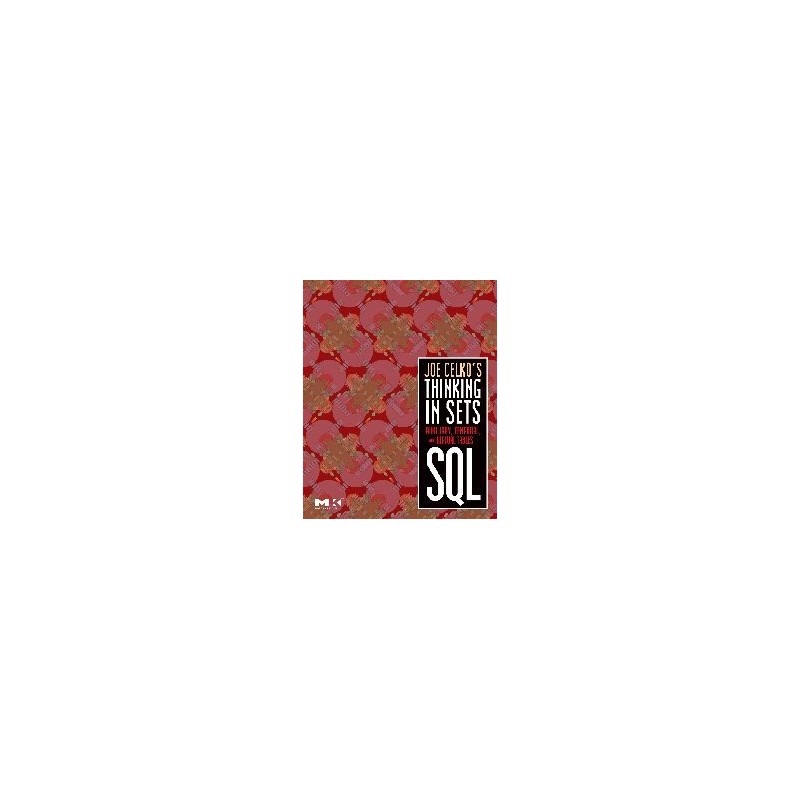- Out-of-Stock



Complete drive in the form of a 72.6 mm diameter wheel integrated with a PMSM motor and controller. Communicates via UART bus, offers feedback information such as temperature, position, speed and current consumption. Waveshare DDSM115
No product available!
No product available!
DSLR SHUTTER ELECTRONIC DRAIN HOSE FOR A PHOTOGRAPHIC APPARATUS - A KIT FOR SELF-ASSEMBLY
No product available!
No product available!
No product available!
Lazar Jon
No product available!
No product available!
No product available!
Kit with Jetson Mate base board designed for SoM modules NVIDIA Jetson Nano and Jetson Xavier NX. It allows you to connect 4 SoM modules and create a home GPU computing cluster or server. Seeed Studio 110991411
No product available!
Raspberry computer case: Pi 3 model B +, Pi 3 model B, Pi 2 model B and Pi 1 model B + in black plastic color
No product available!
No product available!
USB adapter for a computer working as a 2-channel oscilloscope, 34-channel logic analyzer and a programmable signal generator. BNC probes included. Digilent 471-058
No product available!
No product available!
High-quality preparation from Micro-Chip for regeneration and maintenance of potentiometers. CHE0112-400
No product available!
No product available!
ROSA3D filament made of high quality PVB. 0.5 kg of filament with a diameter of 1.75 mm is wound on the spool. ROSA3D PVB Smooth Yellow
No product available!

